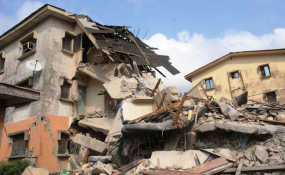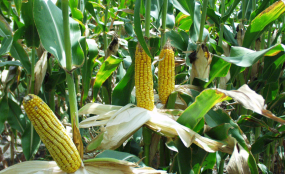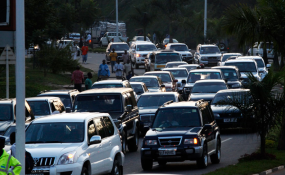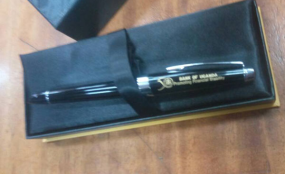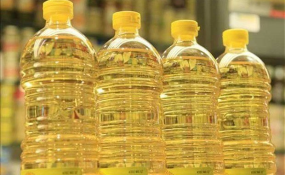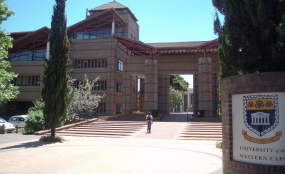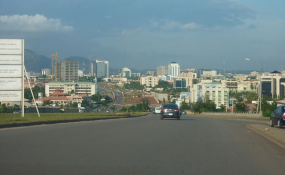A three-storey building located at 31 Ilufe, Ojo Alabama, Lagos collapsed on Tuesday morning.
The incident which occurred around 7 a.m. had given signs of an imminent collapse the night before, residents said.
According to one of the residents who would not want his name in print, “we noticed the building bending and the doors became stiff, we had to struggle to open the doors, when the doors were open we carried some of our belongings and vacated the house that night.”
Residents living around the collapsed building said “we heard an explosion which caused everyone to take to their heels, only to discover later that it was a building that collapsed. But we thank God no life was lost.”
It was also gathered that it was only the landlord that slept in the building, and it was not up to 10 seconds the landlord left the premises, that the building collapsed.
Residents, however, kept lamenting over their belongings that were still trapped as most of them came out with just their phones.
The cause of the collapse could not be immediately ascertained as rescue operators among whom were officials of the Lagos State Emergency Management Agency, LASEMA; Nigeria Security and Civil Defense Corps, Red Cross; Lagos State Ambulance Service, LASAMBUS, Lagos State building control agent and police officers were seen evacuating residents from other buildings that are likely to be affected by the collapsed building.
The collapsed building has, however, been sealed.
Details later…

